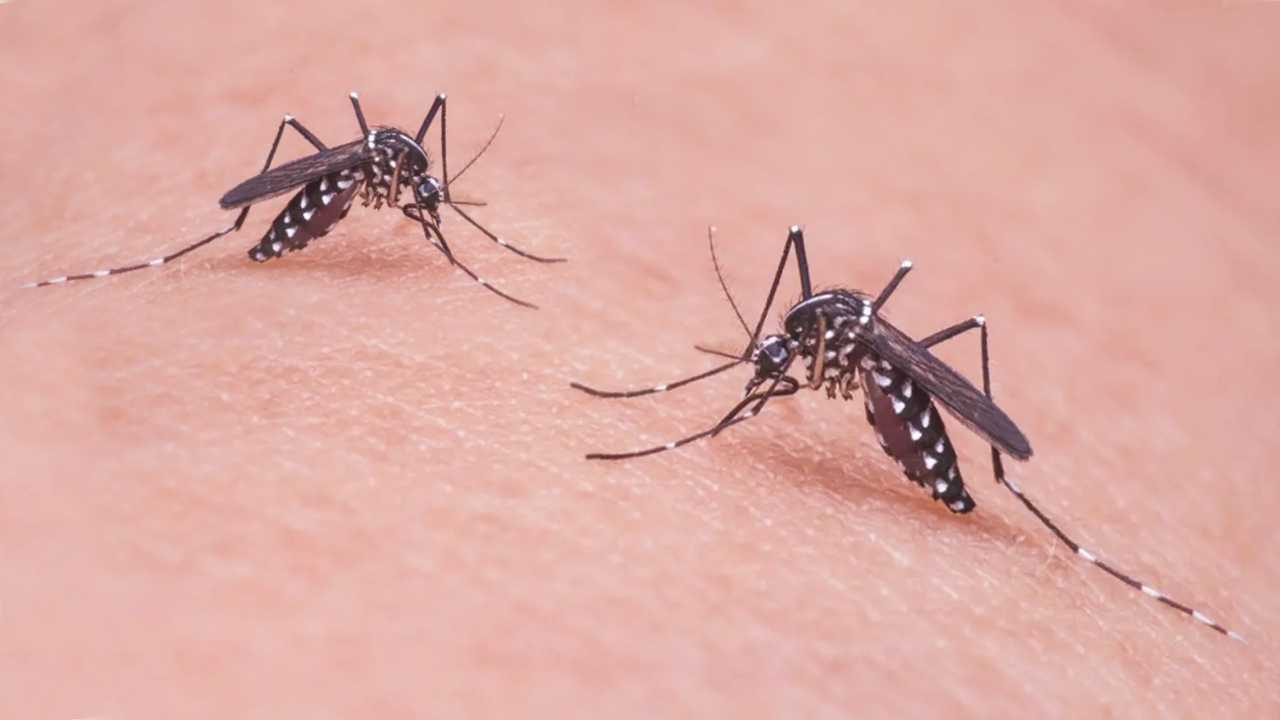
DiYES International School – Chikungunya is a viral disease transmitted by mosquitoes that often emerges during the transition from rainy to dry seasons. April usually marks this period when rain reduces but stagnant water remains around homes. These conditions become ideal breeding grounds for Aedes aegypti and Aedes albopictus mosquitoes, the main carriers of the Chikungunya virus. Awareness and caution are crucial to prevent outbreaks and protect health. Many confuse Chikungunya with dengue fever because both cause high fever. However, Chikungunya is distinct due to its severe joint pain that can last for months or even years. Recognizing symptoms early and understanding prevention methods can save lives and reduce suffering.
Chikungunya symptoms typically appear between three to seven days after being bitten by an infected mosquito. The illness begins suddenly, often with high fever reaching up to 39 degrees Celsius. One of the most notable symptoms of Chikungunya is intense joint pain that affects knees, hips, hands, and fingers, limiting mobility. Muscle and bone aches accompany this pain, along with swelling in the joints. Skin rashes and headaches commonly occur, alongside weakness and nausea. In some patients, joint pain persists long after fever subsides, seriously impacting daily activities. Although rare, severe cases may lead to temporary paralysis. Early recognition of these symptoms allows for timely management and reduces complications.
“Read about: Is Your Baby Turning Yellow? What Every Parent Needs to Know About Jaundice!”
Currently, no antiviral medicine specifically targets the Chikungunya virus. Treatment focuses on relieving symptoms and supporting recovery. Rest is essential to help the body fight the infection effectively. Staying hydrated by drinking plenty of fluids prevents dehydration, which can worsen symptoms. Over-the-counter pain and fever reducers are recommended to ease discomfort and reduce high temperature. Avoiding strenuous activities while symptomatic helps prevent further joint damage. Medical professionals emphasize that supportive care and symptom management can significantly improve quality of life during illness. Patients are advised to monitor their symptoms and seek medical help if complications arise. Proper care shortens recovery time and minimizes long-term effects.
“Read more: Say Goodbye to Noise! Discover the Ultimate Silent Garage Doors for a Tranquil Home”
Prevention remains the best strategy to avoid Chikungunya since it spreads through mosquito bites. The Indonesian Ministry of Health promotes the 3M Plus approach to reduce mosquito breeding. The first M stands for regularly draining water containers to eliminate stagnant water where mosquitoes lay eggs. The second M involves tightly covering water storage containers to block mosquito access. The third M encourages recycling or discarding unused items that can collect water, such as old tires and cans. Plus, additional measures include using mosquito repellents, installing screens on windows and doors, and keeping water drains clean and flowing. Community participation in mosquito control programs enhances effectiveness. Everyone is urged to maintain clean surroundings and report sudden fever outbreaks promptly to health authorities. These combined efforts can greatly reduce the risk of Chikungunya transmission.
Controlling the mosquito population around homes is crucial in preventing Chikungunya spread. Mosquitoes breed in small water collections like flower pot saucers, discarded tires, and clogged gutters. Regularly emptying or cleaning these spots disrupts the mosquito life cycle. Participating in local Clean-Up Campaigns or Pemberantasan Sarang Nyamuk (PSN) activities can mobilize communities to tackle breeding sites systematically. Educating family members and neighbors about the importance of environmental hygiene helps sustain these efforts. Active surveillance and early detection of fever cases allow health workers to respond quickly and prevent outbreaks. By keeping the environment free from mosquito breeding grounds, communities reduce the chance of disease spread and protect vulnerable individuals, especially children and the elderly.
Public awareness about Chikungunya symptoms and prevention remains vital. Understanding how to recognize signs early encourages prompt action and medical consultation. Using protective clothing and mosquito nets further reduces bite exposure, especially during peak mosquito activity times at dawn and dusk. Health campaigns must continue to reach rural and urban populations alike. Individuals should also remain vigilant during transition seasons when mosquito populations rise. The combined efforts of government, healthcare providers, and communities will strengthen defenses against Chikungunya. Staying informed, adopting preventive behaviors, and supporting public health initiatives help safeguard families and neighborhoods from this debilitating disease. Through education and cooperation, the impact of Chikungunya can be minimized.